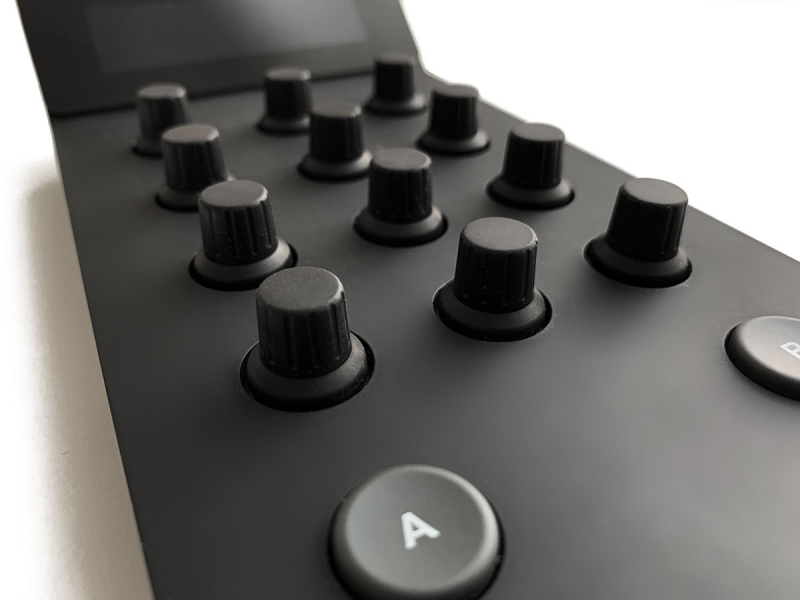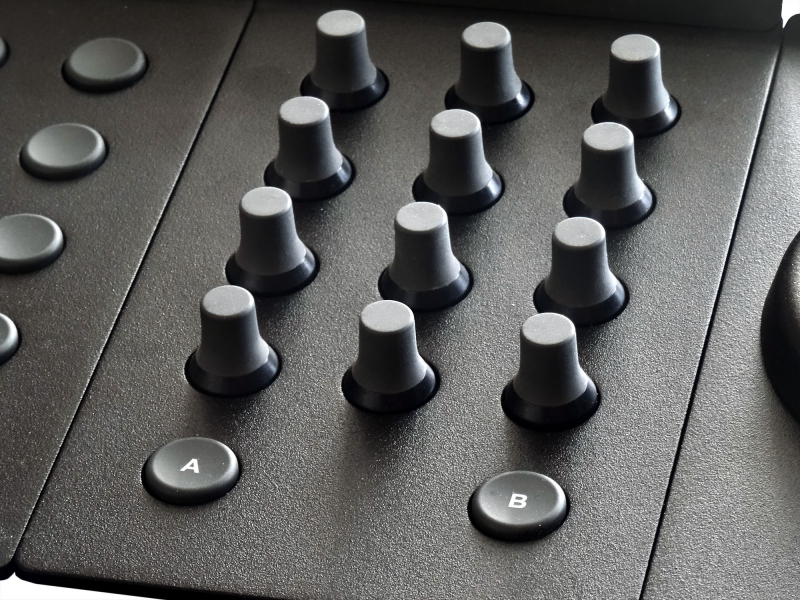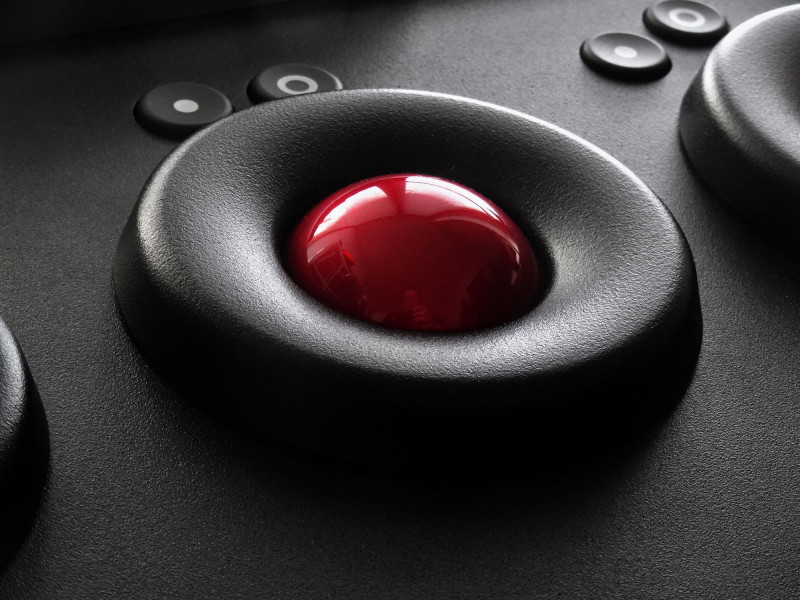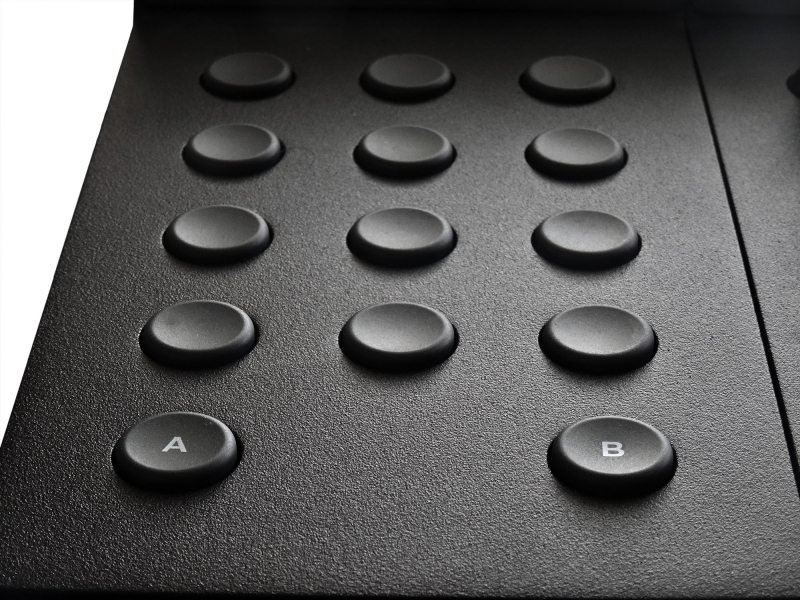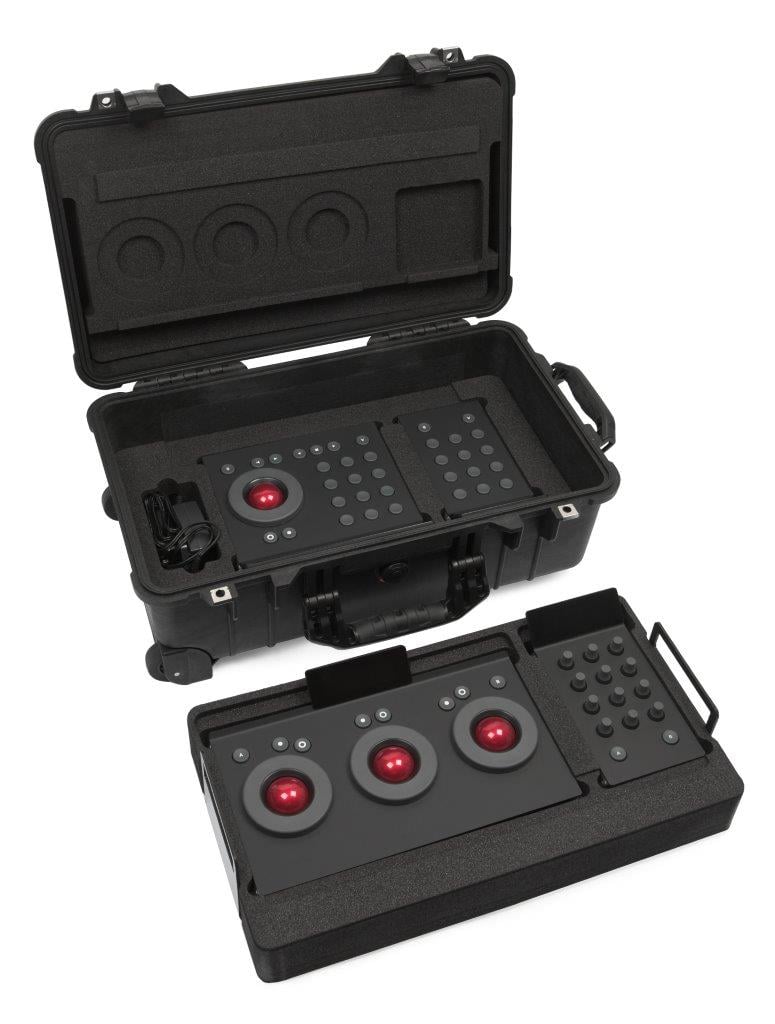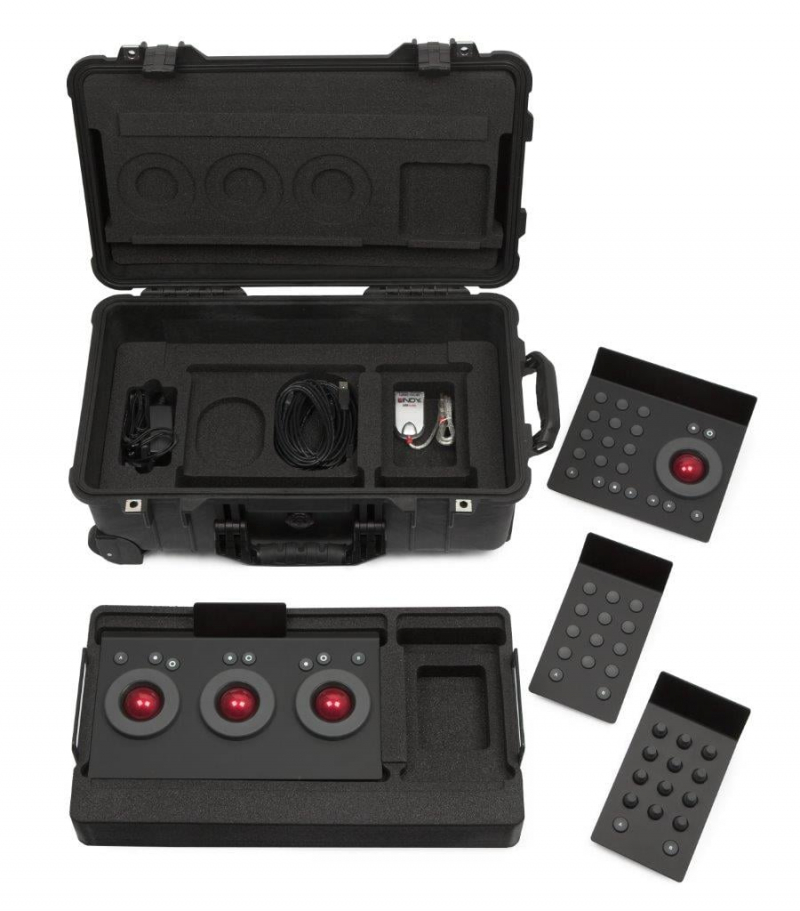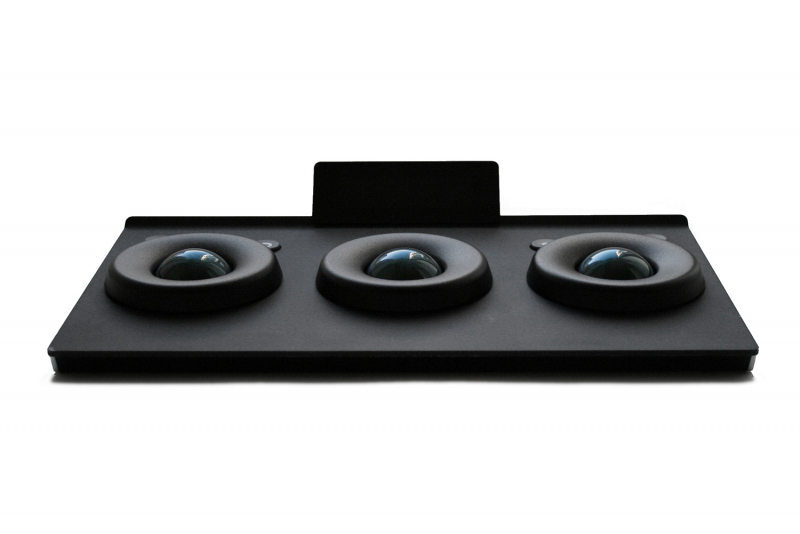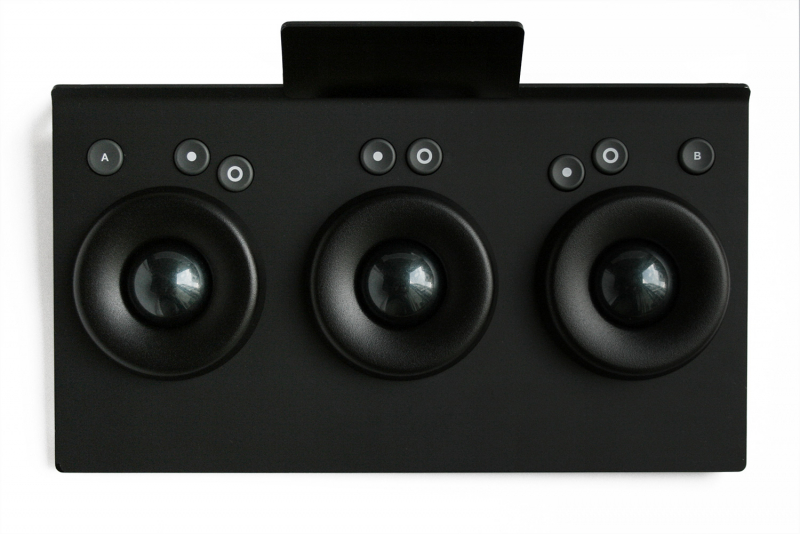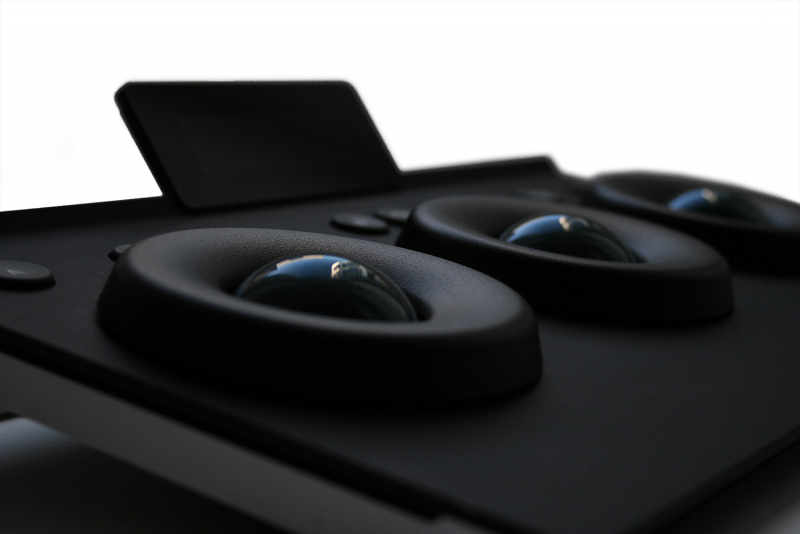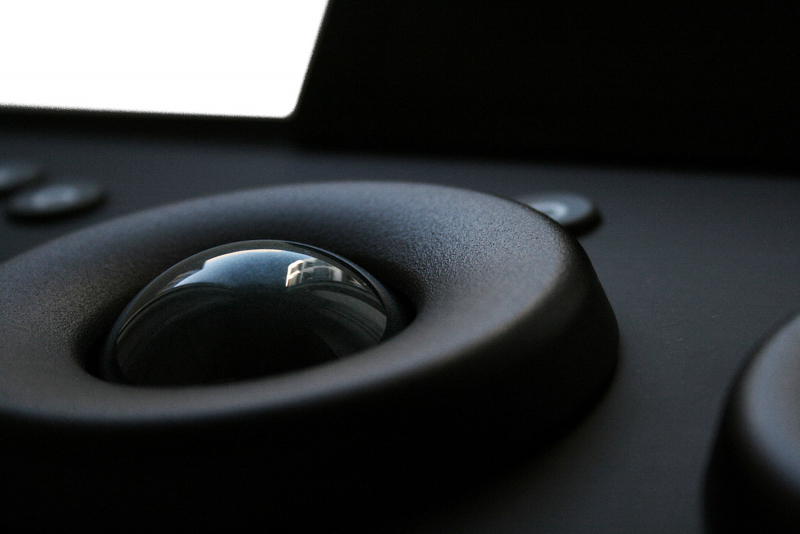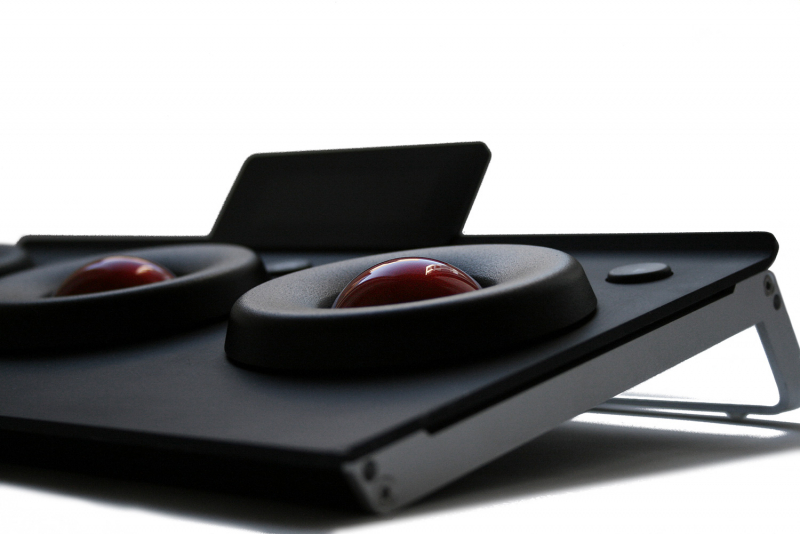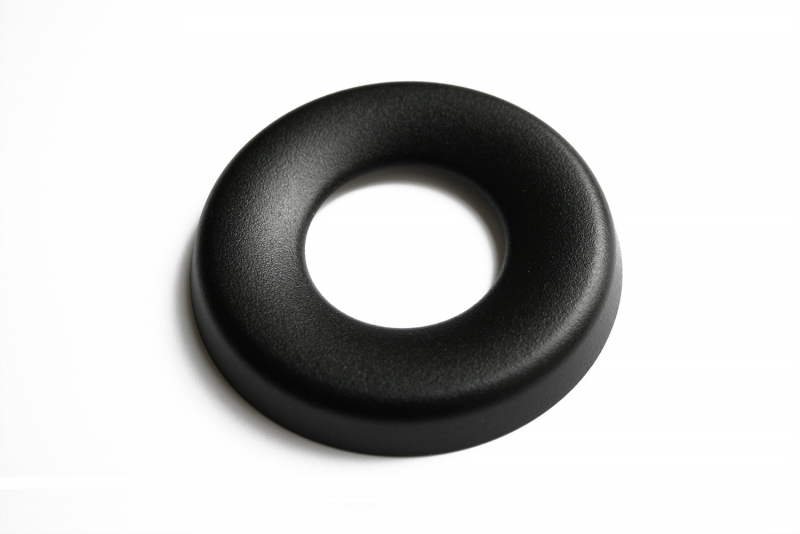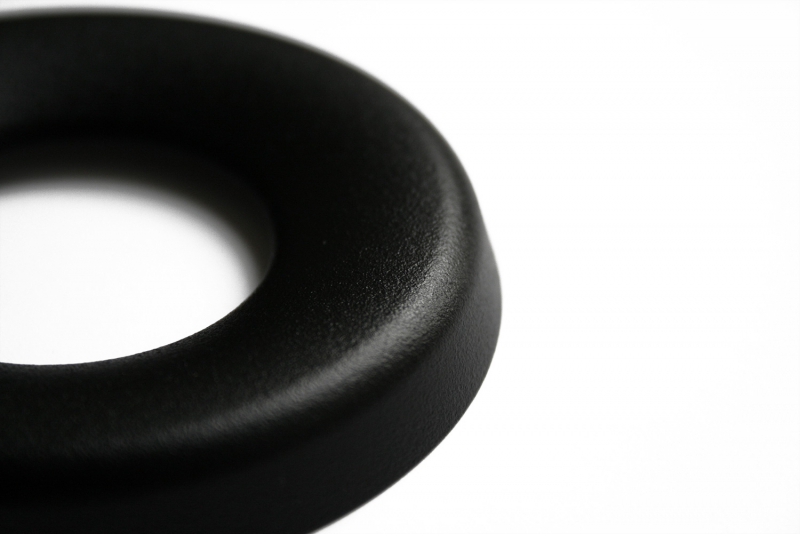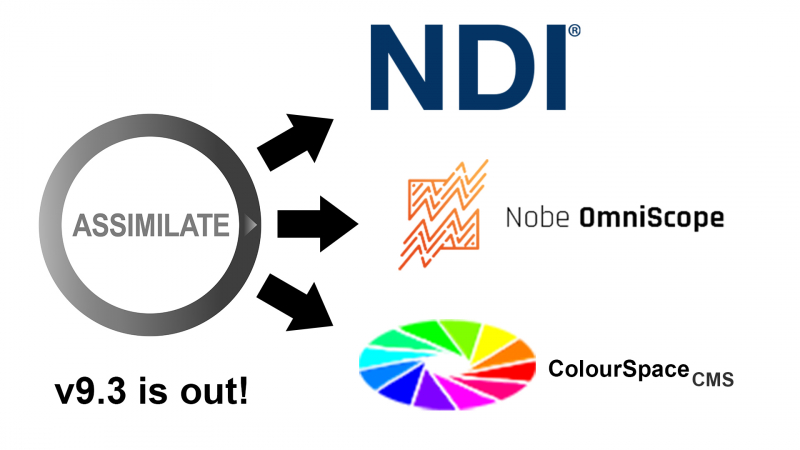-
Posts
246 -
Joined
-
Last visited
Content Type
Profiles
Articles
Articles - Premium
Resources
Insider
Courses
Forums
Store
Everything posted by Mazze
-
There is something odd going on with NDI under macOS, where it gets a red-ish tint. Has something to do with the YUV conversion as far as I can tell. This is however with any app that uses NDI.
-
Hi all, this video is interesting equally to post, than it is for virtual production. THe Sync Players feature in SCRATCH simply allows to sync the playhead of multiple SCRATCH systems, and control those systems from one master system, playing back different footage to different screens simultaneously. The remote control feature allows to control playback in SCRATCH via a web browser on the local network - for instance on your smartphone. Good stuff. Cheers, Mazze
-
Hi all, this tutorial is about one of SCRATCH's strength: Metadata. Static or frame based, in a burn-in or a report, or in export filenaming. Cheers, Mazze
-
Hi people, this tutorial is about the animation editor in SCRATCH and why it is as awesome as it is. Enjoy 🙂 Mazze
-
Hey people, I'm happy to announce the new refurbish program for Tangent's Element panels 🙂 ! For many users, the panel's surface has become worn down and/or sticky over the years. What we're doing here is to take the panel completely apart, remove the old soft coating and re-lacquer it with a deep black fine-structured powder coat, which should take a couple of ages to wear down again 🙂 . They look & feel is pretty similar to the Blackmagic panels, if you have come across those. Anyways - here is the link and below are a couple of pictures to check out. ==> https://www.angry-face.com/product/angry-face-element-refurbish/ Cheers! Mazze
-
Hi people, this tutorial is purely about the SCRATCH timeline (called 'CONstruct' back in the day). What many do not know: It has 3 dimensions 😉 . Once you understand how it works, it can be a huge time saver and organizational help. Cheers, Mazze
-
Hey peoples, since the original foam inserts for the Element panels (see pictures below) are not being made anymore and have been unavailable for the past 2 years, I am considering to produce them again in a small production batch. Estimated price is 200€ (excl. VAT) + shipping for one set. The original foam inserts were priced at 175€ (excl. VAT). The Peli case itself is not included! I am about to make a prototype in the next couple of weeks, but to actually produce them, I'd need at least 5 pre-orders. If you're interested, drop me a line via PM, or email (mazze (at) angry-face.com). Thanks! Mazze
- 1 reply
-
- 1
-

-
Precisely 😉 . Well, yes - it does not look great. But then again... it didn't look particularly stellar before either .
-
About the sticky surface, there's two things you can do: 1) Apply talkum powder (or baby powder - that has the advantage of it smelling nice 😉 ) https://www.angry-face.com/sticky-surfaces/ This however is only temporary, and you need to make sure no powder gets under the rings into the ball bearings. 2) Wash the soft coating down with Isopropyl alcohol and potentially relacquer the fascia. https://www.angry-face.com/avid-artist-panel-refurbish/ Cheers, Mazze
-
The Euphonix and Avid panels are 100% identical, except for the label printed onto the device. They should work fine generally with any recent macOS/Windows version. What is unclear at this point is whether they will continue to work with Apple's M1 ARM processors. Avid has not yet updated the SDK for the ARtist Controllers. As not all controllers are EOL (like the ARtist Color is since december last year), I think there is an update to be expected, that will add M1 compatibility. Whether that SDK however then will still support EOL controllers, is yet to be seen. Cheers, Mazze
-
I can see these questions have already been answered on LGG. But just for completeness: Notes can be added via metadata stack inside ColorFX and the navigation can be switched to navigate between notes. For the panel mapping, go to ColorFX ==> Settings (F5) ==> General ==> Panel mapping. In there, each mapping pair has a scale and an acceleration value. Change those to adjust the sensitivity of any control. Cheers, Mazze
-

Introduction to Visual Effects in SCRATCH
Mazze commented on Lowepost's insider article in Color Grading
I can see these questions have already been answered on LGG. But just for completeness: Notes can be added via metadata stack inside ColorFX and the navigation can be switched to navigate between notes. For the panel mapping, go to ColorFX ==> Settings (F5) ==> General ==> Panel mapping. In there, each mapping pair has a scale and an acceleration value. Change those to adjust the sensitivity of any control. Cheers, Mazze -
Yep - it's called Reverse Assemble. You would add a frame reference to the tray and from there recall its grade. Cheers, Mazze
-

Introduction to Visual Effects in SCRATCH
Mazze commented on Lowepost's insider article in Color Grading
Yep - it's called Reverse Assemble. You would add a frame reference to the tray and from there recall its grade. Cheers, Mazze -
I'm farily relaxed on the CPU-side of things. After all - how often do you swap out your CPUs? Normally that goes along with a change of socket for the newer CPU, requiring a new mainboard, likely requiring new memory - and while you're at it, throw in a new GPU as well. So with a CPU upgrade, you're most likely investing into a complete new system anyways. Not always, sure - but most of the time. As long as the MacPro would allow to swap GPUs, which have smaller life/upgrade circles, and retains it's PCIe-upgradeability, I think we're fine. Whether M1 in laptops might be sufficient for professional work needs to be seen. I'm counting on the 16" Macbook Pro to be released later this year. It will have a more advanced version of the M1, and according to some strong rumours will reintroduce Magsafe, physical function keys instead of that silly touchbar and also have more i/o ports. Given the rather positive benchmarks on the M1 Mac Mini, I do have some hopes for the Macbook Pro to be pretty usable for professional workflows. Whether it can also drive an eGPU needs to be seen, indeed. But then again... I've never been a fan of those christmas trees of a a mobile setup with all sorts of eGPU compromises trying to turn those laptops into high end machines. I'm not expecting Mac Pro-like performance out of a laptop.
-
Drivers for Apple Silicon are beta - for a reason I guess. I'd expect them to run, but the devil with those things is always in the details, that show up not working just when you need them.
-
Hi all, the Filmworkz DVO plugins finally went live and you can grab them from here: https://filmworkz.com/ SCRATCH of course is among the supported hosts and we've done a little tutorial on the various ways of adding a plugin inside SCRATCH - enjoy: Cheers, Mazze
-
Hi friends, I've made a slight production change to the aluminium rings: They now get powder coated instead of anodized. Reason for that being that a few people desired a tad more grip on the rings. Going with a rubberized soft coating clearly wasn't an option. I also tried to roughen them up with a pretty coarse grained sandblasting process, which indeed added *a lot* of grip, but did not feel or look nice anymore. So I experimented with powder coating in deep black matte colors with a fine structure finish. Took some time to also find a company that is good at it and 'gets' it. So after almost half a year, the new production batch has arrived. Stock is not too big (it's still 2020 afterall) - but they do look pretty decent. They compare quite well to the rings on the Blackmagic panels now. Here's a link 😉 : https://www.angry-face.com/ And here's some pictures: Cheers, Mazze
-
Hi friends, here's a tutorial that explains the newly added NDI® support in SCRATCH and Play Pro. If you've never heard of NDI before: It's basically like SDI, but without the cables. Pretty nice workflow-enabled to pipe video straight out of SCRATCH into e.g. SetStream.io, Zoom, Skype and literally any app that supports a webcam interface. And since we had Jeff Sousa show his setup for client attended remote color sessions using NDI in our last online session, check out that excerpt here as well: Cheers, Mazze
-
Hey friends, last week we released SCRATCH and Play Pro 9.3. You can read the press release on the common news portals 🙂 . In a nutshell, we added native support for NDI, integrated a direct connection to Light Illusion's ColourSpace CMS, and a few other niceties like a CIE Plot scope, enhanced panel mapping capabilities and media defaults in the project settings. Here's a video showing why NDI is awesome and how to use it - kudos to Jeff Sousa! Full Release notes below 🙂 Assimilate Dailies / Formats Media defaults. You can now set default decode / debayer settings per media type to speed up the loading of media. Update on ProRes RAW color spaces processing where for log spaces a normalized to reflection scaling has been added. This scaling factor has also been implemented for conversions from/to Canon Log 2 and Log3. Note that this affects existing setups. Added a Highlight Recovery option with DNG media format. CineForm RAW updates: added Exposure/Saturation, added Kelvin/Tint options which were not yet available with CPU debayer, highlight recovery with GPU debayer. Update R3D SDK 7.3.5 with various GPU decoder fixes. Native support for Panasonic Op1b MXF media, including audio. The FFmpeg reader now also processes multiple mono tracks of audio (rather than a single mono or stereo track). All QuickTime renders now include an explicit gamma metadata value (rather than a reference to a standard eotf, which is not interpreted the same by other software such as the QuickTime Player). In prior versions you had to explicitly enable this option in the advanced settings. In this version you can disable the behavior through the advanced settings. Added support for Network Device Interface (NDI) output. To enable NDI output you have to enable the (virtual) NDI device in the VideoIO settings, similar to enabling an SDI device. Rendering EXR could crash if the (EXR) source and destination were both ACES. Color Added a project setting to set the default state of the colorspace Apply mode in a project. This Color Management setting is switched off by default. Added a CIE plot display with the scopes You can now associate a panel-group with a specific ColorFX menu. The application switches automatically to the menu if a panel mapping in the group is used. Added a system setting to include layers with a qualifier in the creation of a LUT. By default grades on a qualifier layers are not included in a LUT as they span only part of an image. Misc Added an advanced system setting to specify a specific Frame Heap memory size used by the application for its image cache. Added new render date metadata code '#rdate' for filename mask. The date is fixed at the start of the render and does not change when the render runs into the next day (like the #date code does). New user settings to toggle on/off the quick keys for adding/removing/resetting keyframes to avoid unintentional adjustments of keyframes. When a layer was selected you could not change the source LUT (which is tied to the primary layer). The Note editor did not always insert a new note on the correct position. Also, the note markers on the timeline in the player now show all colors of notes at the same frame position. Fixed an issue where effects (like re-timer) where applied in a reverse assembling. The Validate Media was not always working correctly for items in the Render Queue. Added a user preference setting to enable/disable using the spacebar for start/stop playback. Some users want to use the spacebar exclusively for panning the image in the Viewport. Added the Ligth Illusion plug-in for generating color patches which are used for calibrating a monitor / projector. The plug-in can be instantiated from the Tools menu / default Construct menu in Play Pro. Cheers, Mazze
-

Creative Boost: It’s a Wrap! Doing Rushes for Borat 2
Mazze replied to Mazze's topic in Announcements
Hey People! Recording of the online session is up - we've had a blast 🙂 . Lisa walked us through the challenges of shooting the second Borat movie, and right after Jeff Sousa of Dungeon Beach, NY showed one of the main new features in SCRATCH and Play Pro 9.3: Native NDI support and how you can use it to easily connect to SetStream.io, or even Zoom and Skype. Also featured in his setup: Nobe OmniScope, running on his main workstation alongside SCRATCH, using an iPad via Duet Display. Enjoy the recording, folks: Cheers, Mazze -
The thumbnail 'update' function has been written in.... I believe 2003? Back then, SCRATCH could only do primary grading. It's been kept this way for performance reasons, even after secondary layers had been introduced back in 2005 or so. That being said, updating the thumbnails to show the full grade will take quite a hit on performance, because all the thumbnails are actually live references to the underlying source footage. No proxies whatsoever, but the actual footage. So, making the thumbnails (which btw you can also scrub through by dragging at the upper corner of the thumb) reflect the full grade is somewhere on the list, but nothing for the short or mid term, I'm afraid.
-

Introduction to Visual Effects in SCRATCH
Mazze commented on Lowepost's insider article in Color Grading
The thumbnail 'update' function has been written in.... I believe 2003? Back then, SCRATCH could only do primary grading. It's been kept this way for performance reasons, even after secondary layers had been introduced back in 2005 or so. That being said, updating the thumbnails to show the full grade will take quite a hit on performance, because all the thumbnails are actually live references to the underlying source footage. No proxies whatsoever, but the actual footage. So, making the thumbnails (which btw you can also scrub through by dragging at the upper corner of the thumb) reflect the full grade is somewhere on the list, but nothing for the short or mid term, I'm afraid.

